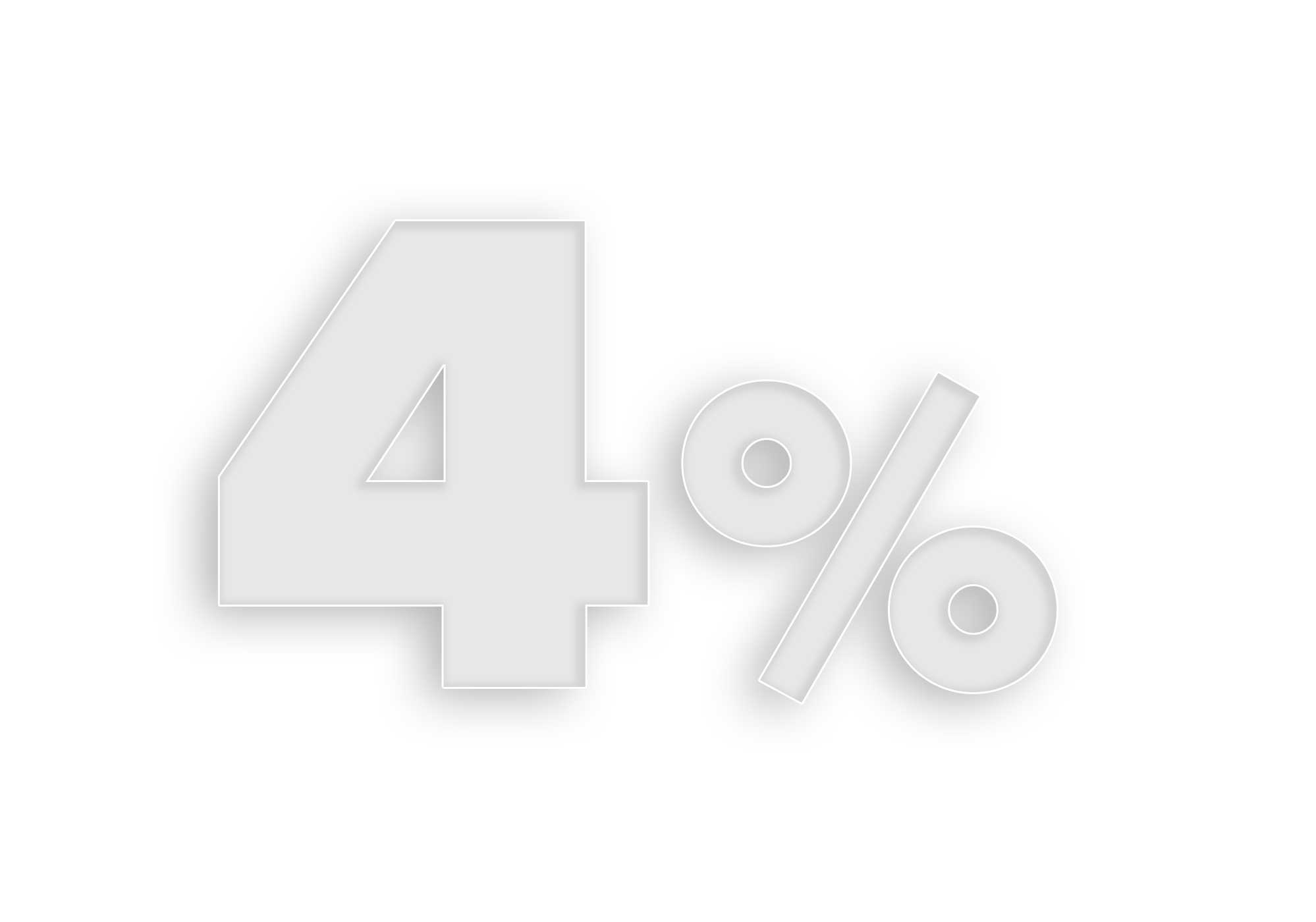

How much can I take out of my portfolio in retirement?
How much income can I withdraw from my investments when I retire? What is the most income I can pull from my retirement accounts without running out of money?
These are a few of the most common retirement questions I am asked. These are simple questions, but the answer is not as simple. In fact, a Nobel Prize-winning economist has described trying to answer these questions as the “nastiest and hardest problem in finance.”

Needless to say, the answer is not as straightforward as you may think.
One of the most common answers is to use the 4% rule. The 4% rule is a widely discussed and well-known approach that tries to answer the question of how much you can withdraw from your investment accounts in retirement. The rule is popular because it makes a very complicated and messy question easy to answer. The 4% rule is often misunderstood. In an informal survey, I conducted of investors and even financial advisors, there was a great deal of misconceptions and confusion. I wrote an article for Forbes discussing what the original 4% rule really means with 17 facts most investors are surprised to learn about the ubiquitous retirement income rule.
The retirement income 4% rule is a great place to start, but its weaknesses every investor should know about.
Strengths
Weaknesses
The retirement income 4% rule is a great place to start, but its weaknesses every investor should know about.
Strengths
Weaknesses
If we know so much about our clients, why did Dr. Sharpe conclude retirement income planning to be the most challenging issue in all of finance?
What exactly is the 4% rule?
I recently conducted an informal survey of investors and financial advisors. I asked them how much they knew about the 4% rule. I discovered that the 4% rule is widely known but that there was a lot of confusion about what it means, how to calculate it, and the details of the original study.
In a past Forbes column, I wrote an article titled “17 Surprising Facts You Probably Don’t Know About The Retirement Income 4% Rule”. Here are a few of the highlights:

The 4% rule was created by financial advisor William Bengen in a 1994 study.
The purpose of the 4% rule is to maximize the amount you can withdraw from...
your retirement portfolio and not run out of money for 30 years – no more and no less.
For the 4% rule to work, your ideal portfolio stock allocation should be..
Be as close to 75% as possible (and never any less than 50%)
The 4% rule has a 100% success rate… that is when applied under the same conditions of Bengen’s study.
For you, these factors will likely be different.
If you’re looking to leave an inheritance, you’ll need to adjust your withdrawal rate.
The 4% rule was designed to help retirees not run out of money. Leaving leftover funds was not taken into consideration.
Your 4% withdrawal rate is calculated once, not annually.
The initial 4% withdrawal rate stays the same, every year for 30 years.
Inflation is taken into account.
Although you keep the same 4% withdrawal rate, you add the inflation rate each year so your money keeps its purchasing power.
Under low-interest rates, a 4% withdrawal rate may be too generous.
It might need to be adjusted.

